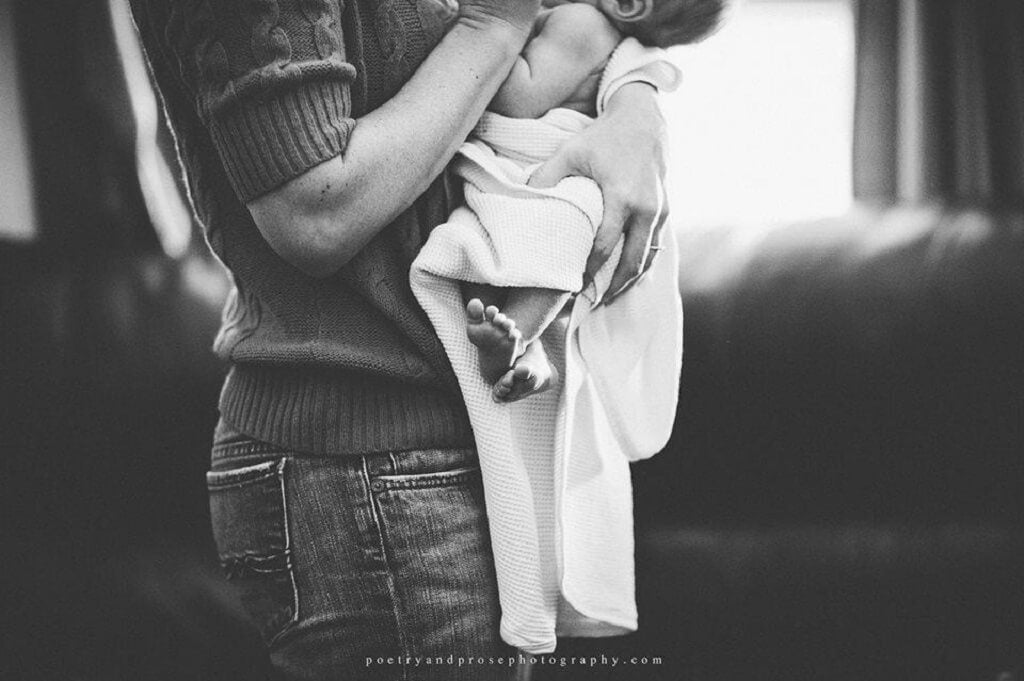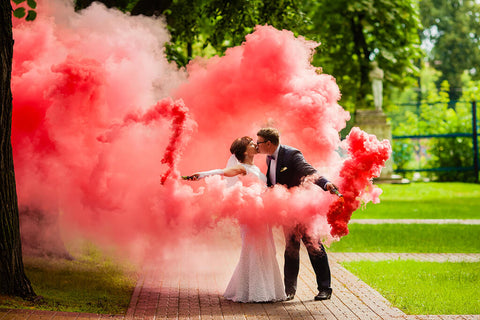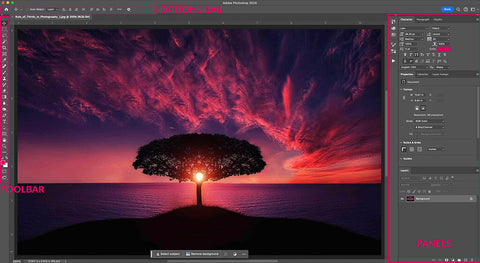- Lightroom Presets
- Mobile Presets
-
Photoshop
-
Learn
-
Support
-
Install
- Best Sellers
- Blog
By Gayle Vehar on | No Comments

Taking photos using a high ISO setting, like shooting indoors or photographing at night, often produces lots of noise in your images. Even camera's that can handle high ISOs will have SOME NOISE at super-high ISOs.
If you find the noise distracting and want to remove it from your image, you will find that Lightroom is one of the best tools to reduce the digital noise in your photos.
You should keep in mind that as you reduce the noise, you may also lose some detail in your image as the noise removal process smooths the pixels in your photo.
To remove noise in your image, start by navigating to the Detail Panel located in the Develop Module - this is where we will make all the noise reduction adjustments.
In the Detail Panel, you will see:
Note: this panel also handles image sharpening - follow the link for more detail on how to use the sharpening sliders in Lightroom
When making noise reduction adjustments, make sure you are zoomed in at 100%, as you will be able to see the noise and changes you are making much better. Then zoom out after you make the changes to ensure that your subject hasn't lost too much detail, and use the sliders to fine-tune your results.

Lightroom's addition of an AI-enhanced Denoise button is a remarkable new feature that reduces image noise quite effectively.
To preview the new AI noise reduction capabilities, simply click the Denoise button and review the results.

Here's a before and after example image using the Denoise Button:

As you can see, the Denoise AI adjustments are pretty amazing!
One important thing to note before using the Denoise Button on EVERY image you have ever taken is that each time you activate it, Lightroom will create an entirely new raw file (DNG), including the new enhancements.
In addition, these files will be MUCH LARGER than the original files (3x the size in the case of this particular image). As a result, you may want to consider ONLY using the Denoise button on images that REALLY need the noise reduction or are specific favorites.
If the denoise button isn't reducing noise as effectively as you'd like, you can manually adjust both luminance and color noise reduction settings to make further improvements to your photo. I will discuss how to do that in the next step:
Whether for file size or to further optimize the existing AI adjustments, you can certainly choose to make manual adjustments to reduce image noise.
To get started, click the Manual Noise Reduction Dropdown at the bottom of the Detail Panel to access the additional sliders.

Let's start by examining Luminance Noise, which appears as speckles or grain in your image when shooting in low-light conditions or using high ISO settings. Some photographers like to use this type of grain for creative effect, but too much can be distracting and lower the quality of the image.
To minimize Luminance Noise in your photo:

Color noise is the other type of noise found in high-ISO images. It appears as random speckles or pixels of color throughout the photo but is generally most often noticeable in the shadow areas.
This type of noise is created by the camera's image sensor amplifying the signal to capture enough light in low-light conditions, resulting in a weaker signal-to-noise ratio. As a result, the image may appear grainy, and the colors may be distorted or mottled, especially in areas of uniform color.
The good news is that Lightroom can remove these random color flecks from your image quite easily.
To reduce Color Noise in your photo:

When capturing images in very low-light situations, I frequently opt to convert them to black and white. This conversion helps eliminate color issues and can produce a more natural and realistic-looking image. Additionally, black and white photos can have a timeless and less noisy aesthetic than their colored counterparts, making them more visually appealing.
The same noise reduction steps I described above also apply to black and white photos. However, you will NOT SEE any color noise involved in the image because the color will have already been removed.
You can still play with the Color slider when reducing noise in black and white photos, as you will still probably achieve some improvement as you make some adjustments.

While Lightroom's noise reduction is generally very effective, it's not always perfect. If your photo is extremely noisy, you may have to compromise some detail. However, with a bit of trial and error, you should be able to find the perfect balance between noise reduction and detail retention for every image!
If you are more of a visual learner or would like to reinforce the information described above, watch this helpful Lightroom Noise Reduction video.
Do you have any questions or comments about Lightroom Noise Reduction? Leave us a comment below - we would LOVE to hear from you! And PLEASE SHARE our tutorial using the social sharing buttons (we really appreciate it)!




Hi!! I am Gayle. I am a wife to my handsome husband and mom to 4 beautiful kids. In my spare time, I am a photographer and blogger at Mom and Camera. I have a passion for sharing my love of photography with others. I teach local photography classes and regularly share photography tips and tricks on my blog. I hang out there a lot—I’d love you to stop by and visit!

Comments